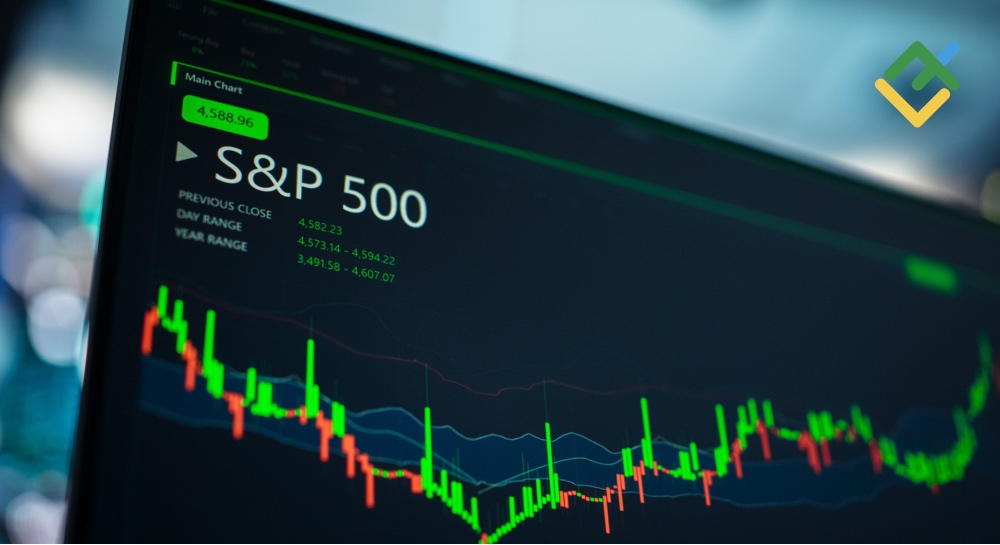
By Florence Tan
SINGAPORE (Reuters) – Oil futures clawed back some losses on Wednesday, recovering from 7-week lows as geopolitical tensions rose after Israel retaliated against an attack by Hezbollah, although prices remained under pressure from concerns about demand in China.
Brent crude futures climbed 39 cents, or 0.5%, to $79.02 a barrel by 0020 GMT ahead of expiry on Wednesday, while the more active October contract was at $78.54, up 47 cents.
U.S. West Texas Intermediate crude futures rose 52 cents, or 0.7%, to $75.25 a barrel. Both Brent and WTI fell about 1.4% on Tuesday, closing at their lowest levels in seven weeks.
Tension in the Middle East heated up as the Israeli government claimed it killed Hezbollah’s most senior commander in an airstrike on Beirut on Tuesday in retaliation against Saturday’s cross-border rocket attack on Israel.
The latest attack took place despite diplomatic efforts by U.S. and UN officials to avert a major escalation that could inflame the wider Middle East.
Still, Brent and WTI are on track to post in July their biggest monthly loss since 2023.
Oil prices have fallen on lingering concerns about China’s demand outlook, ongoing optimism towards a ceasefire in Gaza and expectations that this week’s OPEC+ meeting is unlikely to deviate from its current plan to start unwinding cuts from October, IG analyst Tony Sycamore said in a note.
Top ministers from the Organization of the Petroleum Exporting Countries and allies led by Russia, or OPEC+, as the group is known, will hold an online joint ministerial monitoring committee meeting (JMMC) on Thursday at 1000 GMT.
The panel is likely to stick to its current deal to cut production and to start unwinding some cuts from October, despite recent sharp declines in oil prices, five sources from the producer group told Reuters.
“While (WTI) crude oil remains below the 200-day moving average at $78.66, downside risks remain towards trendline support in the $74.20/00 area,” Sycamore said, adding that a sustained break below $74 would open up a move towards $70.

Slowing fuel demand in China, the world’s largest crude oil importer and the biggest contributor to global demand growth, is also weighing on oil markets.
China will release official purchasing managers’ index (PMI) data on Wednesday that is expected to show factory activity likely shrank for a third month in July.
This post is originally published on INVESTING.



